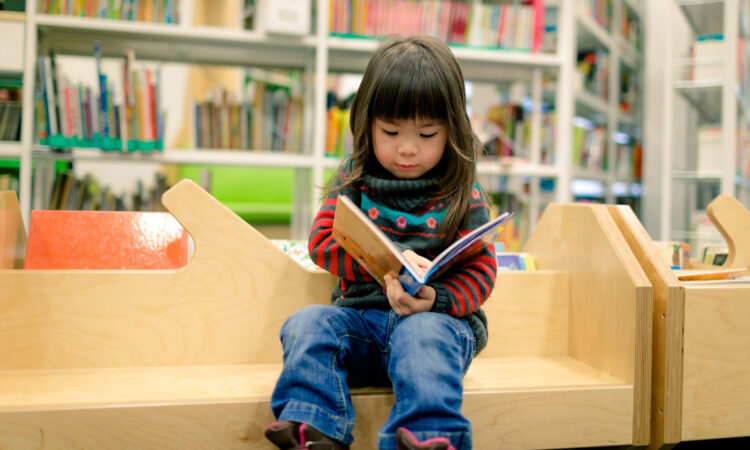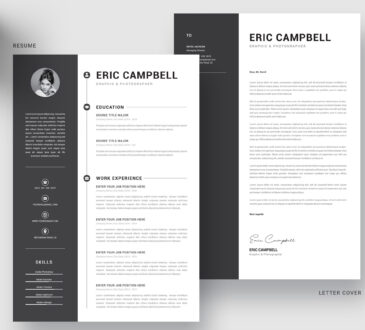
At Kindergarten 2, children are stepping into a stage where early reading skills form the foundation of their future learning. A well-structured kindergarten 2 tuition plan helps them build critical phonics knowledge, starting with identifying individual sounds and blending them into simple words. With the right guidance, children learn to decode unfamiliar words, improving both recognition and pronunciation.
This phase introduces children to high-frequency sight words that appear often in beginner texts. Through engaging activities like reading aloud, picture-word association, and sound games, tutors reinforce phonemic awareness. Students begin to associate written text with meaning, preparing them to transition into full sentences with ease and growing confidence. The repeated exposure across sessions helps the learning stick and supports strong literacy habits from the outset.
Developing Comprehension and Vocabulary with Confidence
Beyond sounding out words, children need to understand what they read. Kindergarten 2 tuition plan frameworks include dedicated support for building vocabulary and comprehension. Tutors introduce new words through themed stories, age-appropriate texts, and interactive discussions, ensuring that children not only read but also grasp the context behind what they are reading.
Comprehension questions are tailored to the child’s reading level. Tutors encourage students to think about the characters, storyline, and sequence of events. They also guide children in making predictions and identifying key ideas, which builds early critical thinking skills. The consistent practice of expressing thoughts about stories sharpens both reading and speaking fluency—skills that form the core of academic progress in Primary 1 and beyond.
Sharpening Writing and Spelling Accuracy
Handwriting and spelling are also important aspects of early literacy. The right kindergarten 2 tuition plan introduces children to sentence formation, punctuation, and grammar basics in a way that is both structured and playful. Writing exercises move from simple three-word sentences to full sentences that express ideas clearly and correctly.
At this level, tutors incorporate spelling drills using fun tools like flashcards, letter tiles, and visual cues. Children begin to spot spelling patterns, such as “-at,” “-in,” and “-op,” and apply them when writing new words. Tutors guide them on spacing, capitalisation, and proper use of full stops, making sure writing becomes a natural extension of their reading. This balance of technical instruction and creative expression supports confident early literacy development.
Individual Attention for Consistent Growth
Not all children progress at the same pace, especially when it comes to reading and writing. A customised kindergarten 2 tuition plan provides the flexibility to focus on the specific needs of each child. Tutors can slow down to revisit basic concepts or speed up to challenge more advanced learners. This personalised approach ensures that no child is left behind or unmotivated.
Regular assessments help track growth in reading fluency, word recognition, and writing output. When gaps are identified, tutors create short, focused lessons that directly target those areas. This immediate feedback and correction are often missing in larger classroom environments. Parents who want to give their children a strong start appreciate the continuity and attention that one-on-one or small group tuition can provide.
Boosting Confidence Through Structured Learning
Young learners thrive when they feel secure and capable. A carefully designed kindergarten 2 tuition plan provides routines and familiar formats that encourage children to feel comfortable with language tasks. Structured reading and writing activities create rhythm, which helps children build confidence in both silent reading and oral presentation.
This confidence shows not only in the classroom but also in day-to-day communication. Children begin to speak more clearly, articulate their thoughts better, and show interest in independent reading. This early sense of success helps them approach Primary 1 with a readiness that’s evident in both attitude and ability.
Creating Positive Reading Habits at Home
A good kindergarten 2 tuition plan doesn’t stop at the centre. Tutors provide simple and practical tips for parents to support literacy at home. Recommended storybooks, reading time routines, and interactive games are suggested to reinforce classroom learning in a fun and relaxed home setting.
By building an environment where books are part of everyday life, children are more likely to see reading as enjoyable rather than a chore. Parents are encouraged to read with their child daily, ask open-ended questions, and praise effort, not just correctness. These strategies help sustain momentum between tuition sessions, creating a continuous loop of learning and enjoyment.
Preparing for a Strong Primary 1 Transition
The move from preschool to Primary 1 is a big leap for most children. Those who have been part of a robust kindergarten 2 tuition plan enter Primary 1 equipped with not just literacy skills, but the stamina, focus, and independence needed for longer academic days. They are used to listening actively, completing worksheets, and participating in discussions.
Primary teachers often note that students with tuition support exhibit better writing structure, clearer handwriting, and the ability to decode longer words. These children also tend to engage more confidently during reading periods, ready to share ideas and answer questions. With these skills already in place, they spend less time catching up and more time growing in their learning.
What Parents Should Consider When Choosing Tuition
Not all tuition centres deliver the same quality of instruction. A strong kindergarten 2 tuition plan should use age-appropriate materials, clear literacy milestones, and a fun, engaging teaching style. Look for a programme that integrates reading, writing, speaking, and listening rather than isolating them.
The class size should be small enough to allow individual attention, and the tutor should be experienced in early childhood education. Ask about the curriculum—whether it aligns with MOE expectations, and how progress is tracked and shared with parents. Consistency matters too. One session a week might help, but regular attendance yields far more measurable results.
Invest in a Lifelong Love for Reading
Literacy opens every door in a child’s academic life. A strong start in Kindergarten 2 makes all the difference when it comes to confidence, communication, and classroom success. The right kindergarten 2 tuition plan goes beyond worksheets. It nurtures a love for language, encourages curiosity, and lays the groundwork for future achievement. For parents looking to support their child’s literacy journey early, now is the time to act—because the habits built today become the tools for tomorrow.



